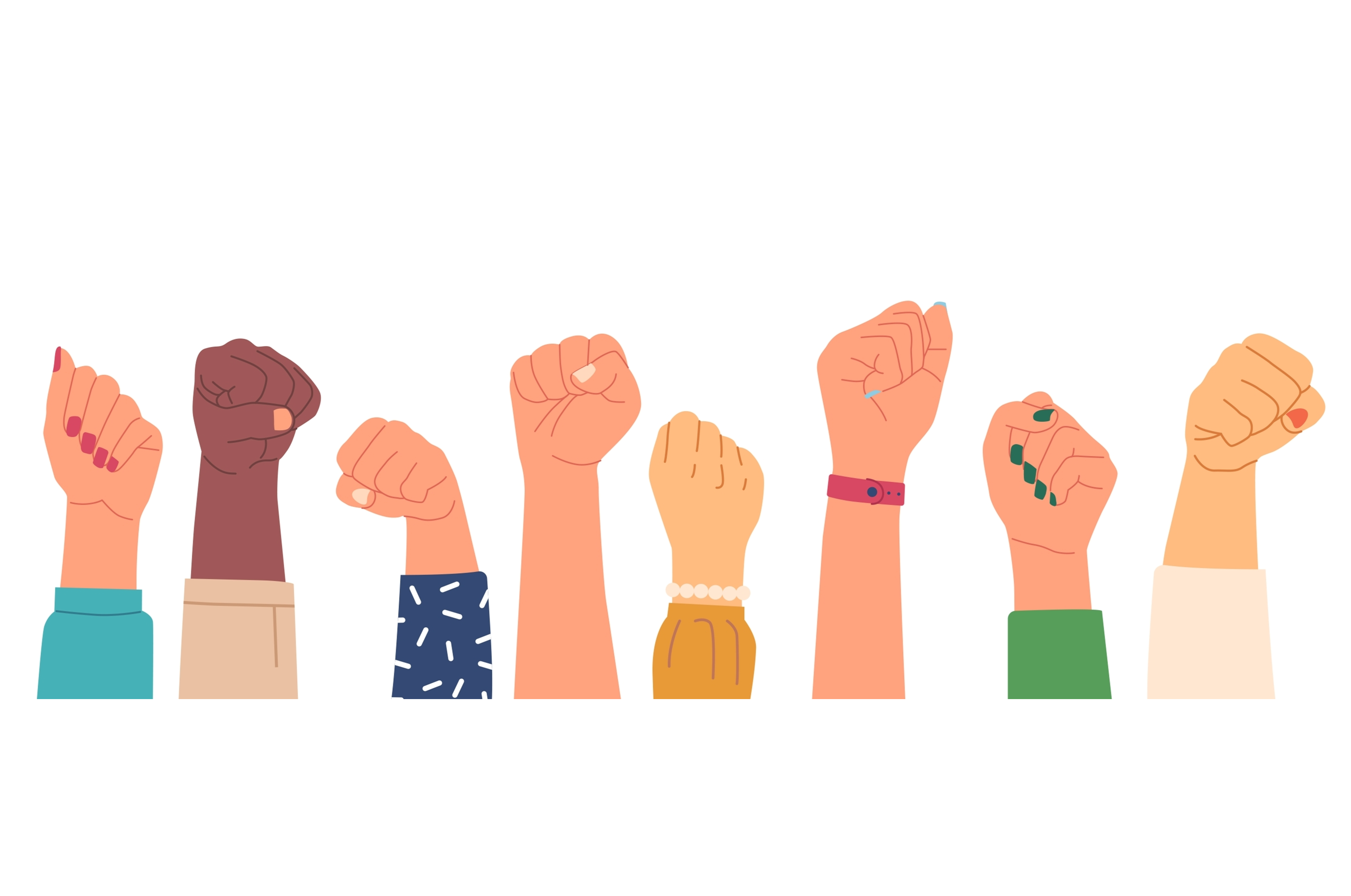Navigation auf uzh.ch
Navigation auf uzh.ch

Discrimination occurs when individuals or groups are disadvantaged, devalued and/or treated unequally on the basis of certain characteristics, such as their gender or skin color. Discrimination is recognized as a violation of human rights (cf. Art. 2 of the UN Convention on Human Rights and Art. 8 of the Swiss Federal Constitution) and can take different forms:
More detailed explanations of different forms of discrimination can be found in the glossary.
Different forms of discrimination such as racism, sexism, anti-Semitism, religious discrimination, homophobia, transphobia, ableism, ageism, fatophobia or classism often do not occur in isolation from each other. The concept of "intersectionality" looks at the interdependencies and intersections of several forms of discrimination. These do not just add up in one person, but lead to independent experiences of discrimination.
For example, a Black woman physician may not only experience discrimination as a woman and as a person of color (=POC), but she may also experience discrimination as a Black woman. That is, she may experience forms of discrimination that neither a white woman physician nor a Black physician could experience. The focus, then, is on the interaction of the categories of discrimination.
The cause of discrimination is often the misconception and belief that other people are inferior and therefore do not deserve the same rights. In this case, one speaks of individual discrimination. Individuals harm other individuals because they regard them as inferior on the basis of their group membership.
However, discrimination can also occur in the absence of any individual discriminatory attitudes. Institutional discrimination occurs when the procedures and rules of an institution result in members of certain groups being regularly disadvantaged. Structural discrimination occurs when the disadvantages faced by certain social groups are rooted in the structures of a society.
Discrimination can show itself in practice as:
Discrimination is not always obvious, but can also manifest itself in subtle ways. In the 1970s, psychiatrist Chester Pierce coined the term microagressions to describe how African Americans experience discrimination in everyday situations at the hands of white people.
Microagressions
People who use microagressions are often not aware of it. Microaggressions are thus not necessarily meant to be hurtful, but are nonetheless condescending and discriminatory. Members of marginalized groups often face them constantly in their daily lives. The cumulative effect of repeated microagressions has a negative impact on the well-being of the affected individuals. For example, the repeated experience of microaggressions in the workplace can lead to burnout among physicians.